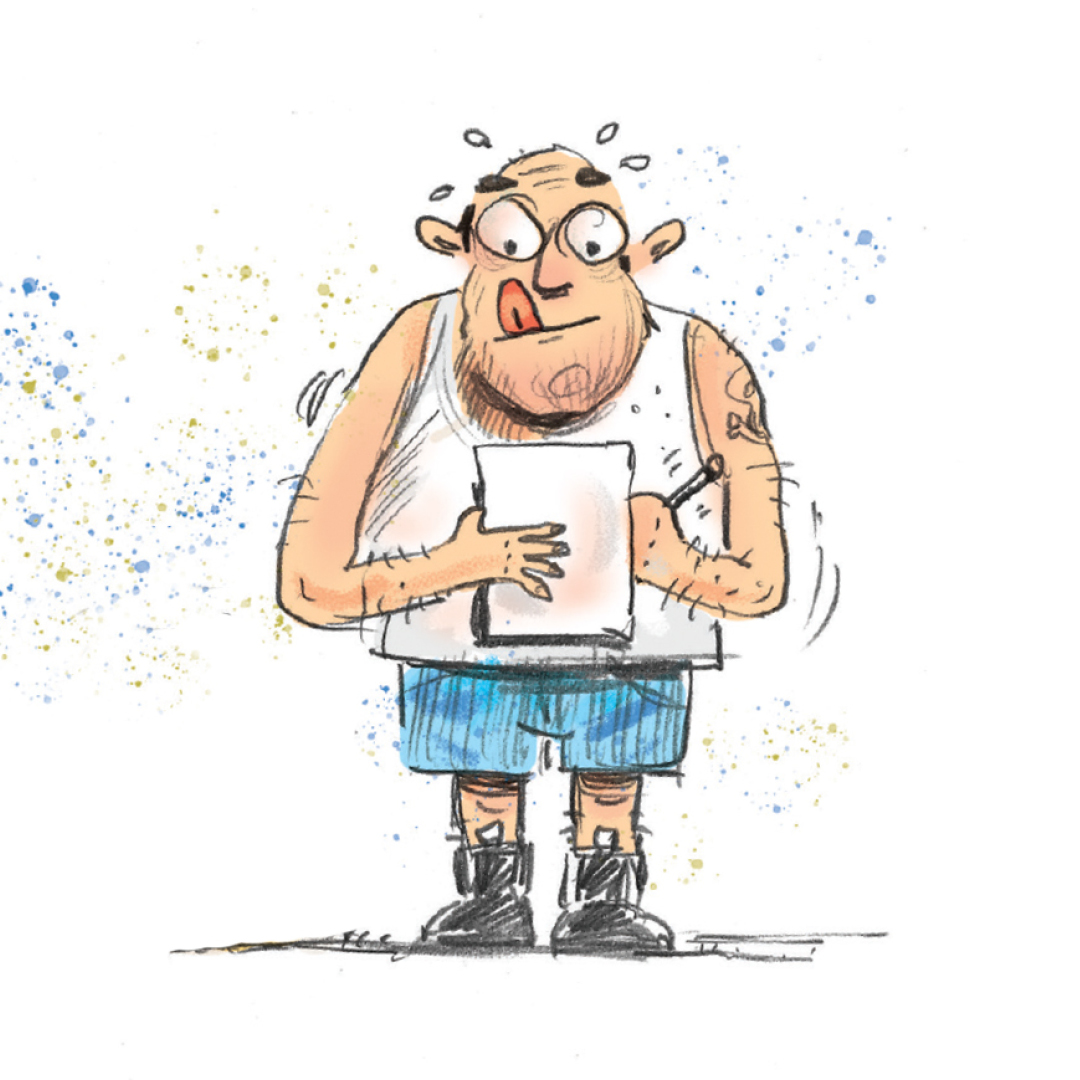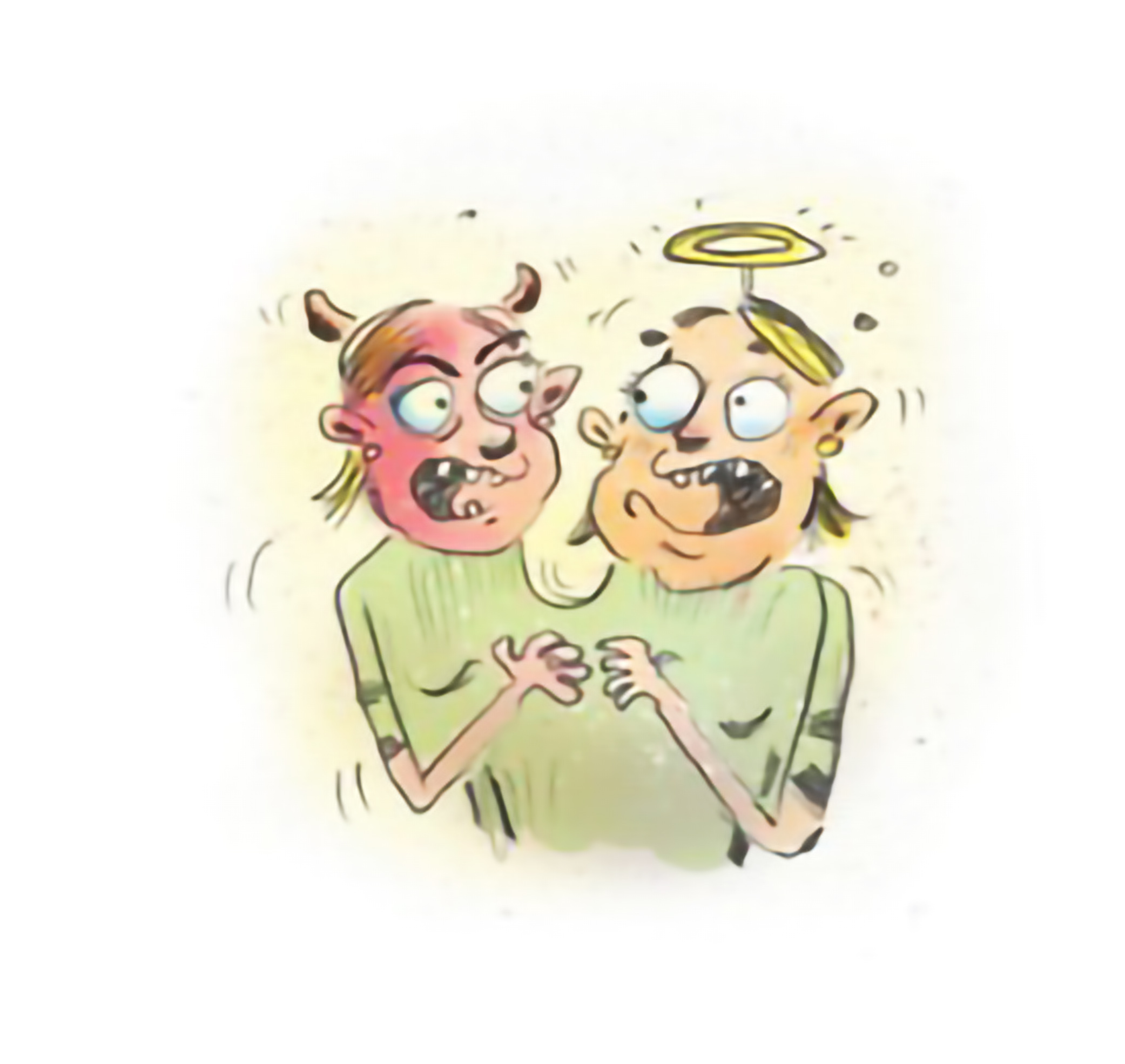Long before anyone dropped the test-tube or chowed down on the bat that loosed Covid-19 upon us, the World Health Organization had already declared mental illness a global epidemic. I know we are all experiencing a measure of what the media is calling “COVID Fatigue”. We are all thoroughly sick of it. Having it. Talking about it. The whole nine yards. However, we need to be mindful of the ways that the pandemic is continuing to make us sick in insidious, far less than obvious ways. The worldwide statistics for anxiety, depression and self-harm were alarming before the COVID phenomenon. Over the last eighteen months they have escalated from alarming all the way to potentially apocalyptic! A cursory glance at current data will quickly see off any traces of doubt even in the minds of the most cynical.
Young Australians are bearing the brunt of the impact of the mental illness tsunami. The mental toll on our young people is truly staggering. Witness the following data recently published in the Australian in March this year:
- According to a poll taken in February, among over a thousand sixteen to twenty four-year-olds, one in four young Australians had thought about suicide over the past two years and fifteen per cent had attempted self-harm.
- Eighty-two per cent said they had experienced mental health issues during COVID-19 lock-down.
- Those aged sixteen to twenty four were most likely to report symptoms of anxiety (seventy five per cent) and depression (sixty two per cent).
- Forty-two per cent said their mental health issues had become worse and eleven per cent said their mental health issues were caused by the impact of the pandemic.
We are still estimating the damage wreaked upon the world by Covid-19, but the aftermath from a mental health perspective is very sobering indeed. The mental health system has been completely overwhelmed. GPs, headspace centers, and emergency departments have been inundated and the dwindling workforce is exhausted. As of now, the new-patient waiting lists of many psychologists and psychiatrists has blown out to more than six months! Professor Patrick McGorry, executive director of Orygen, the National Centre of Excellence in Youth Mental Health, said mental ill-health in young people was at crisis point and that it was “an urgent national priority”. And this could indeed be an understatement. What are people supposed to do while they wait six months to see a mental health professional? We must answer this question – and soon.
This is no Chicken-Licken the-sky-is-falling alarmist patois. Make no error; we are in deadly serious doo-doo.
So what should we do about it?
In order of priority:
- Find a way to ease the suffering of those who find themselves in the grip of mental illness having already driven over the edge of the metaphorical cliff.
- Use the power of new media and digital distribution to help millions of people simultaneously. In other words, help practitioners treat more than just one patient at a time.
- As much as possible, we need to give people the tools and the power to help themselves.
- Use psychological education in general and early intervention in particular, to stop people going over the cliff and falling into serious mental illness in the first place.
We touch on a number of these issues in our recent Webcast in which we interviewed Professor Philip Morris. You can watch the webinar here.



